Google Pixel 7 vs iPhone 14: What are the differences?
Which is better: the Pixel 7 or iPhone 14?
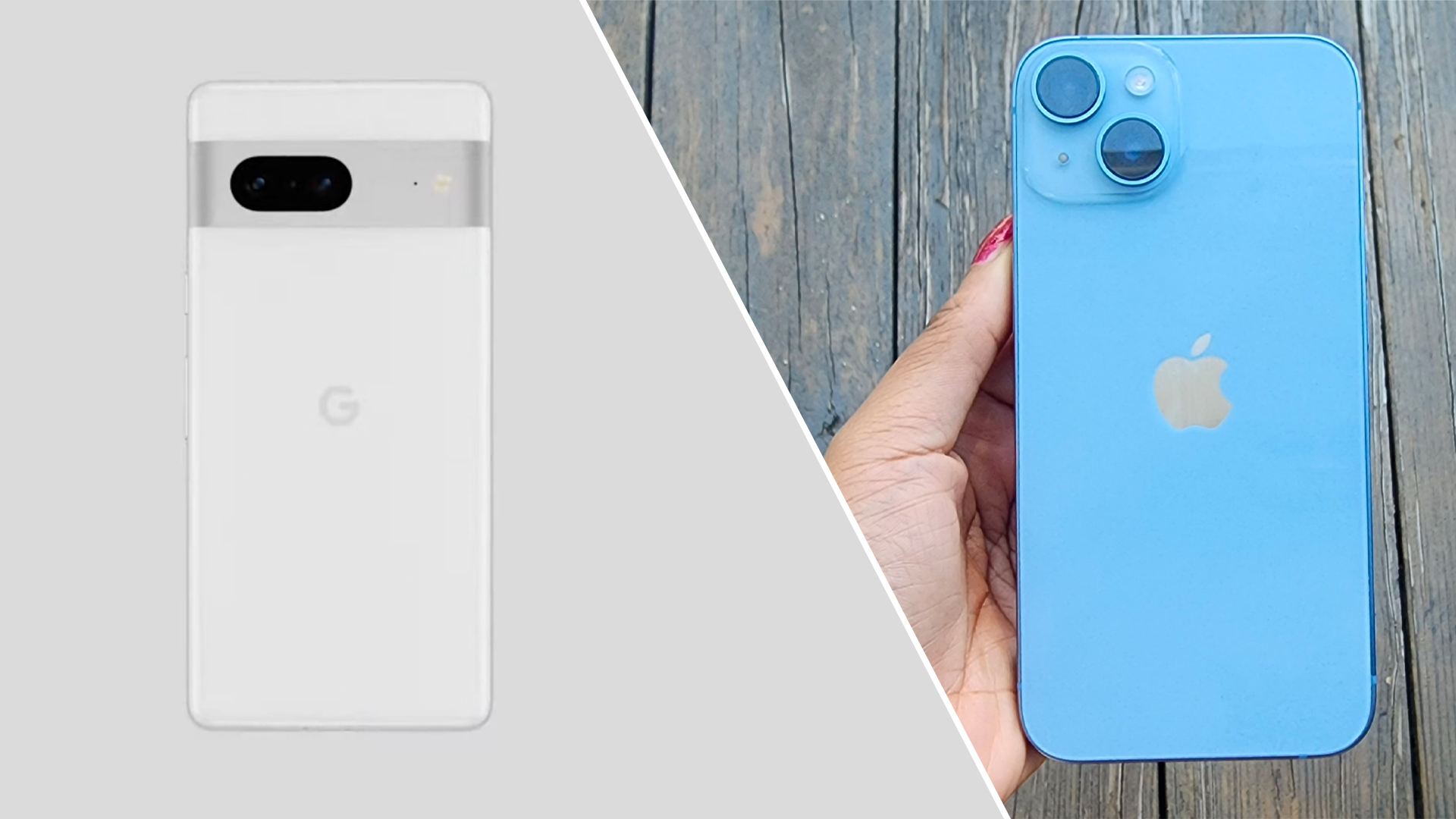
The Google Pixel 7 is here, but how does it compare to the might of the iPhone 14? That’s what we’re gonna find out here.
This time around, updates seem to be more iterative than ever, as a lot of the design and internals remain the same, but there are some important differences (outside of the whole iOS vs Android debate) that you will need to factor into your purchase decision.
Google Pixel 7 vs. iPhone 14: Specs
| Spec | Google Pixel 7 | iPhone 14 |
| Screen size | 6.3 inches | 6.1 inches |
| Refresh rate | 90Hz | 60Hz |
| Storage | 128GB, 256GB | 128GB, 256GB, 512GB |
| CPU | Google Tensor G2 | A15 Bionic (found in iPhone 13 Pro) |
| RAM | 8GB | 6GB |
| Rear cameras | Dual cameras (50MP wide and 12MP ultrawide) | Dual 12MP cameras (wide and ultra-wide) |
| Front camera | 10.8MP f/2.2 aperture | 12MP f/1.9 aperture |
Google Pixel 7 vs iPhone 14: Price
The Pixel 7 keeps its same starting price of $599, which is $200 less than the iPhone 14. That is quite a jump in cost for the standard Apple flagship smartphone, so the question is obvious: does the iPhone bring enough to the table to be worth that extra investment?
Google Pixel 7 vs. iPhone 14: Design
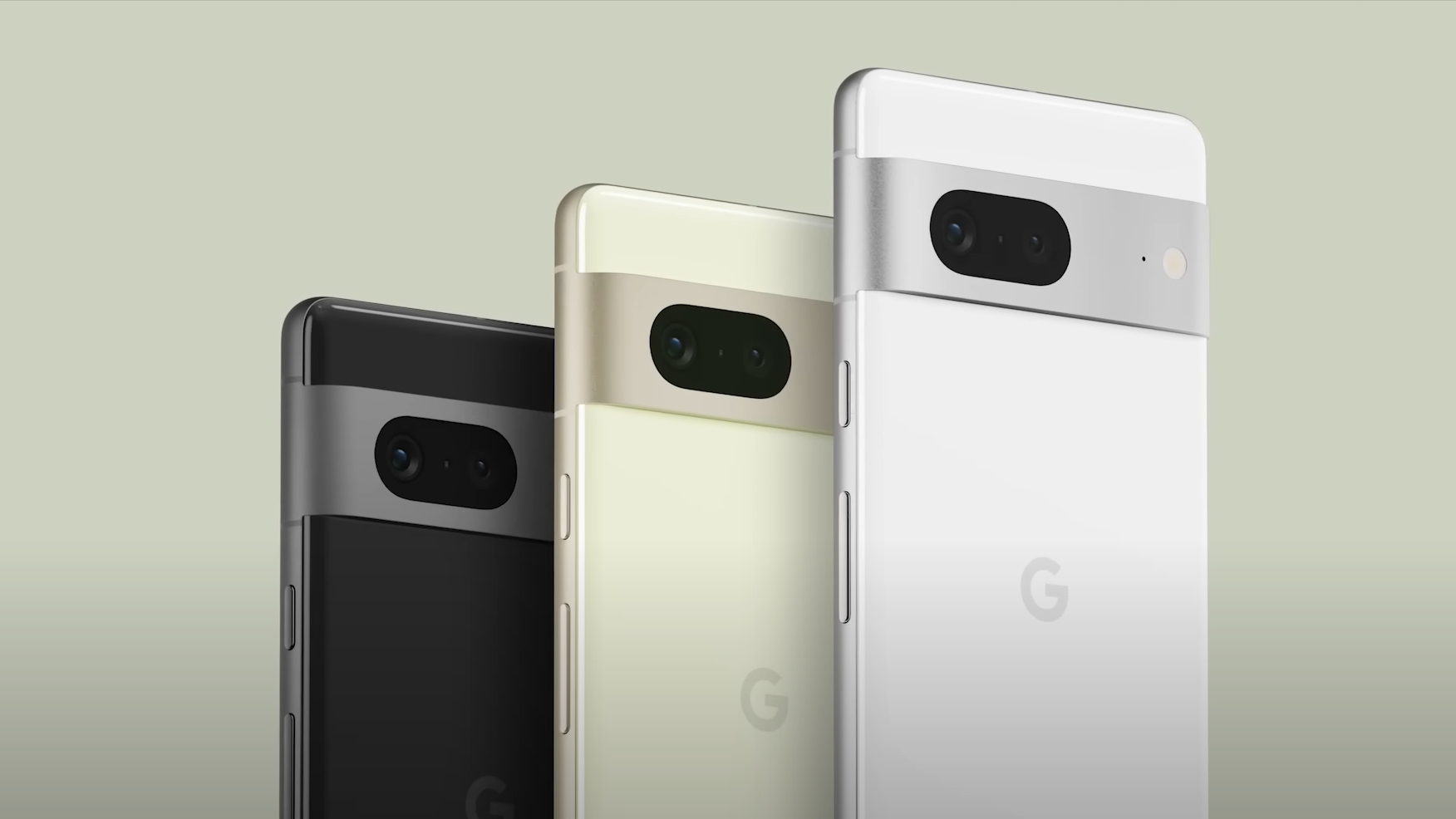
The Pixel 7 and iPhone 14 designs can be summed up in four words: more of the same. They both share near-identical aesthetics to their previous iterations.
Apple’s slab still has that iPhone 4-esque, boxy, flat-edge design that lets the iPhone 14 stand on its own with a utilitarian look and feel. And rather than that pill-shaped cutout of the Pro models, the standard iPhone 14 takes it down a notch (get it?) with the standard intrusion at the top of the display. If I could describe it in one word, the iPhone’s design is safe.
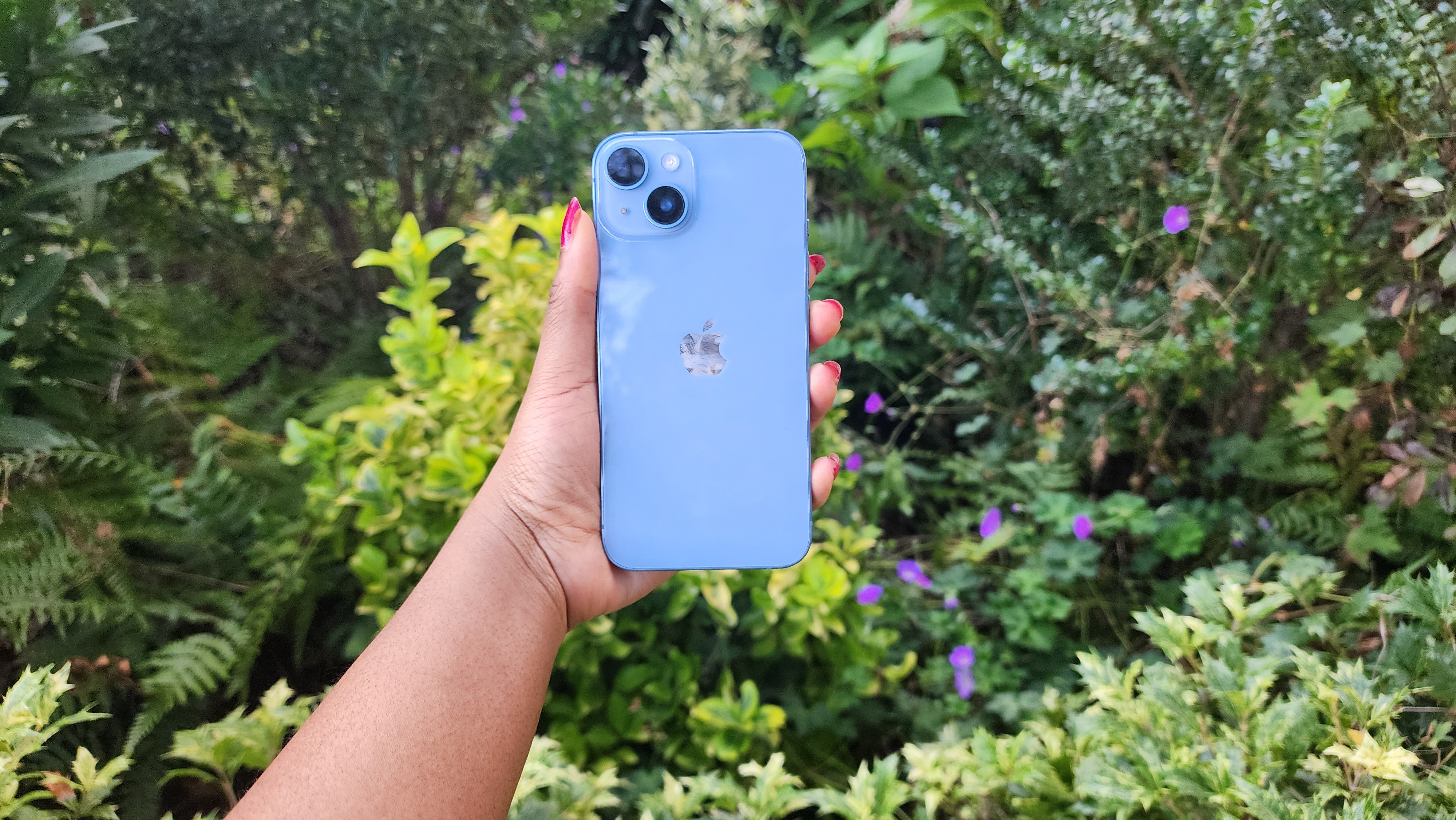
Meanwhile, Google created its own, far more divisive design language with the Pixel 6 — either you love it or hate it. When it comes to the look of the phone, the rear camera array spanning the back panel is the dominant element, but one big change from the 6 is a move away from the two-tone finish above and below the bump. It isn't for everyone, but I’m a fan of the look and I welcome the simpler colorways too.
As for size and weight, the iPhone 14 comes in at 5.78 x 2.81 x 0.31 inches and 6.07 ounces, whereas the Pixel 7 is actually smaller and lighter than last year’s model at 6.12 x 2.88 x 0.34 inches and 6.91 ounces.
Stay in the know with Laptop Mag
Get our in-depth reviews, helpful tips, great deals, and the biggest news stories delivered to your inbox.
Google Pixel 7 vs. iPhone 14: Display
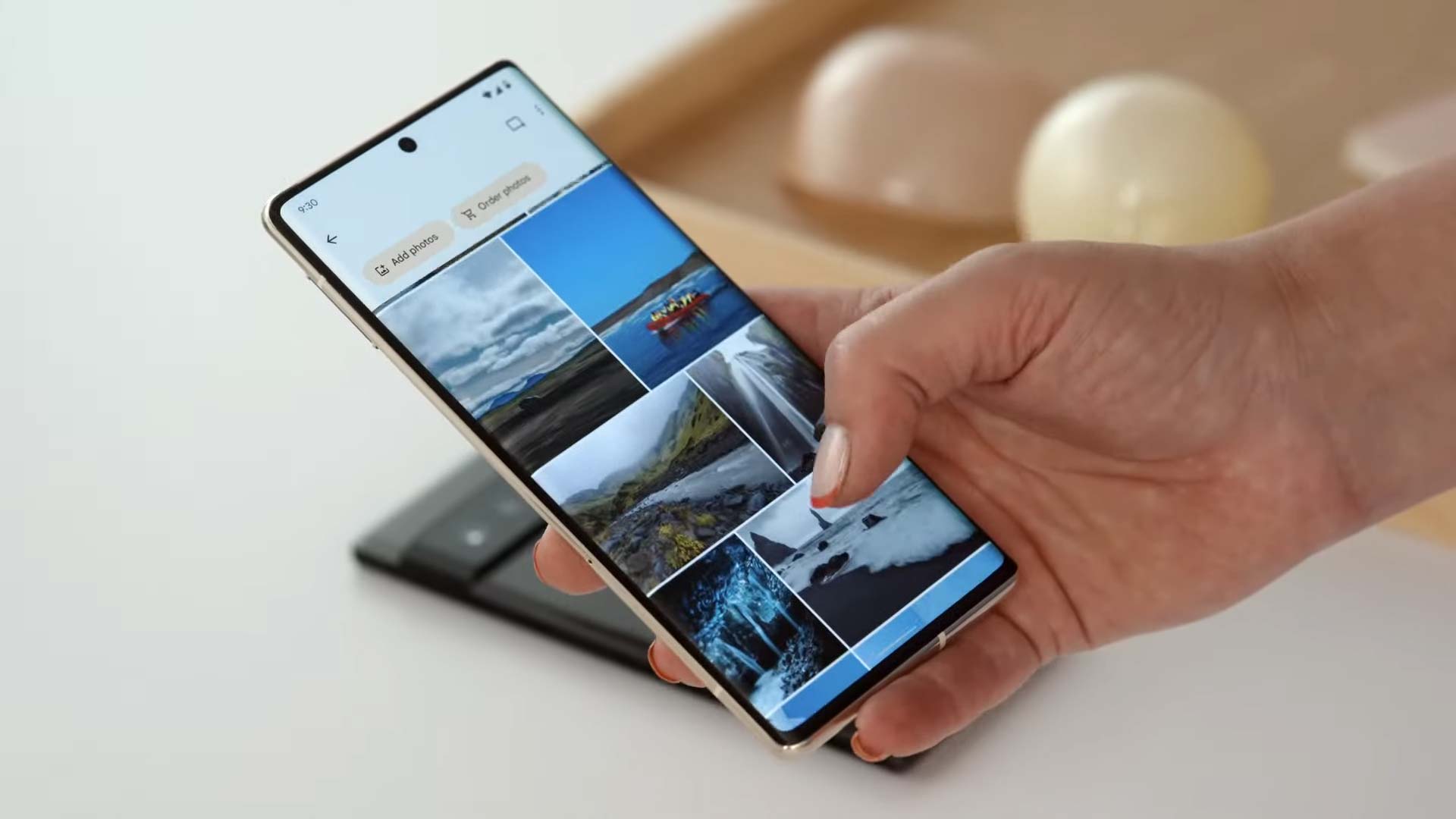
Google and Apple continue to stick to its guns, which gives the Pixel 7 quite an advantage over the iPhone 14.
Apple is keeping the same 6.1-inch Super Retina XDR display that you saw in the iPhone 13. And yes, that means the same 60Hz refresh rate.
As for Google’s entry-level flagship, you’re getting a 6.3-inch AMOLED panel with HDR10+ and a 90Hz refresh rate — same 2400 x 1080 resolution, but (just like the phone itself), just a touch smaller.

iPhone 14 vs. iPhone 13: Processor
This is where things start to get interesting because the gap is starting to close. The iPhone 14 sticks with the A15 Bionic (albeit the one you find in the iPhone 13 Pro with an extra GPU core).
The Google Pixel 7 takes the second generation of the company’s own Tensor chipset, which has been built using a 4nm process for many, many more transistors and a nice bump in performance.
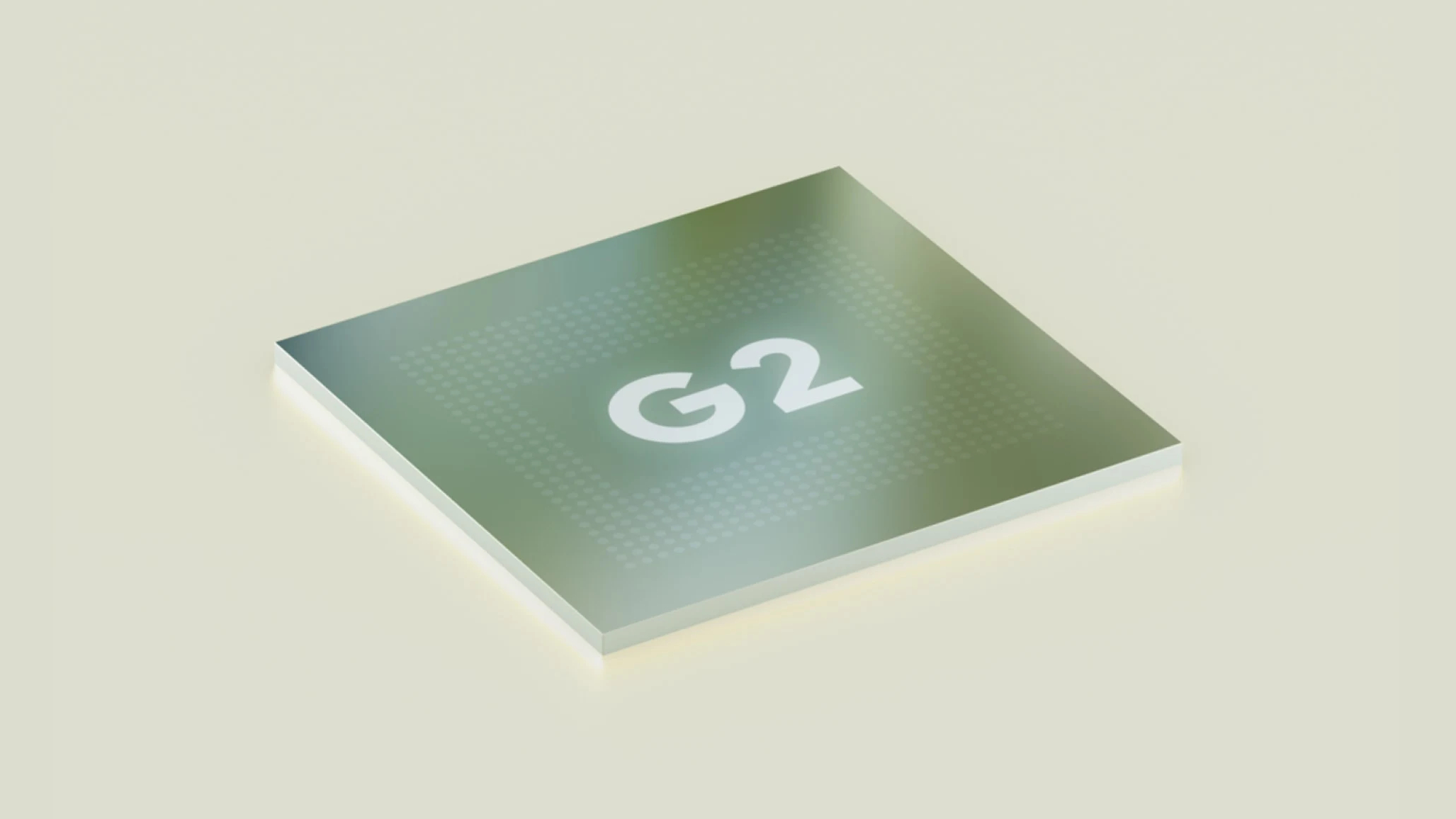
As we note in our Pixel 6 review, the Tensor processor wasn’t necessarily setting our benchmark tests on fire — falling quite far behind the iPhone 13’s A15 Bionic. But the purpose of this chip was never to be on the bleeding edge of lab tests.
Instead, it’s used to drive a lot of the AI smarts happening behind the scenes, and given this is Google's own silicon, the company can now start to tune the chip to its own priorities. Now we’re in the second generation, it will be interesting to see how this compares now.
Google Pixel 7 vs. iPhone 14: Cameras
The more things change, the more they stay the same. The camera setup remains identical across the iPhone 14 and iPhone 13: dual 12MP sensors with a standard wide and ultra-wide lens. Same sensor shift technology on the main, and the same 100% focus pixels to get nice, crisp shots.
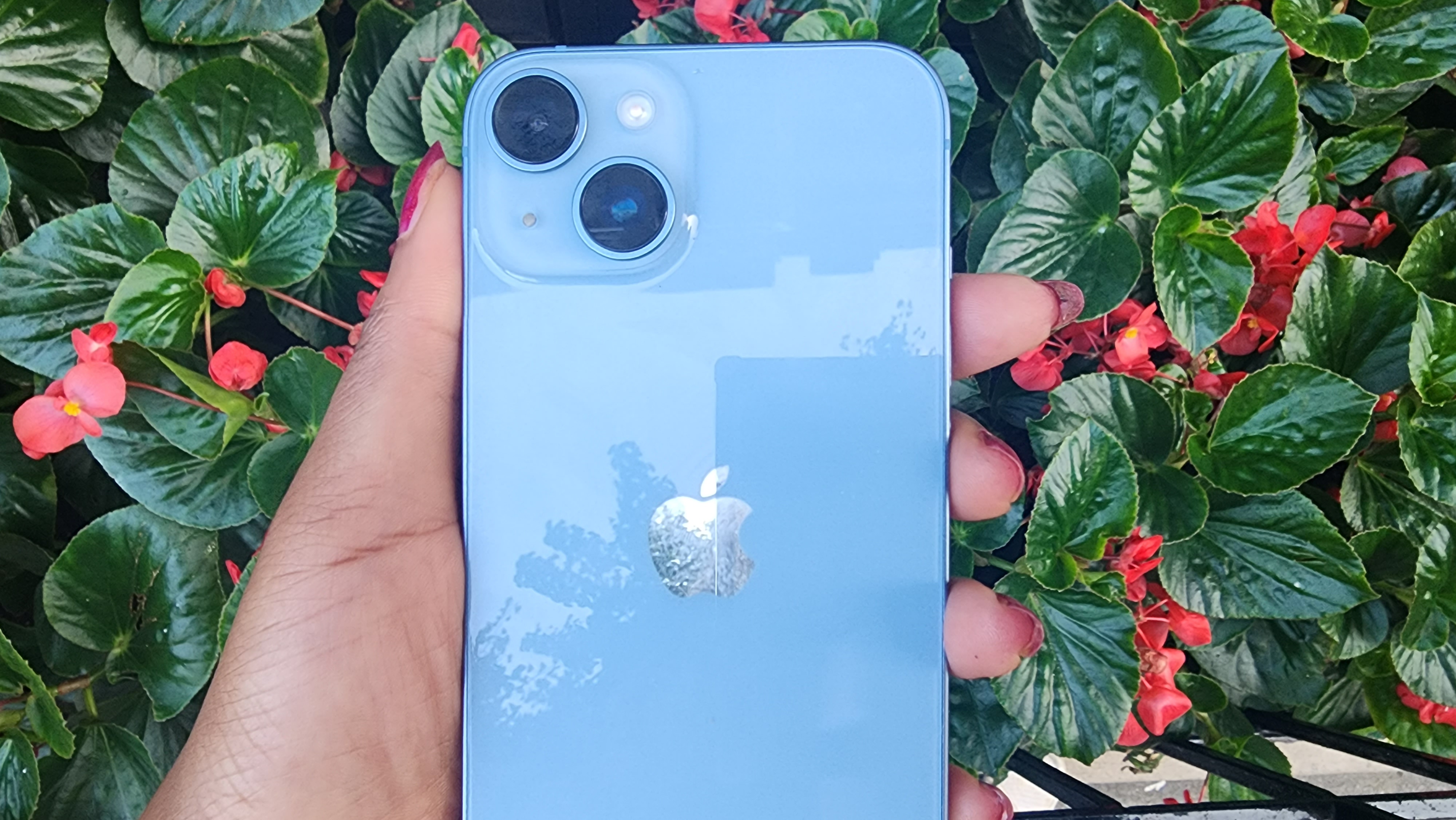
It’s the same story for the Pixel 7, too. A 50MP main shooter and a 12MP ultra-wide. The main differences come in color science and computation, which out of the pair, the contrasty shots Google creates are the ones I prefer. Google's camera software comes with a tonne of awesome features, such as photo unblur (using machine learning to literally unblur pictures) and Guided Frames (a voice-assisted selfie framing tool for the blind).
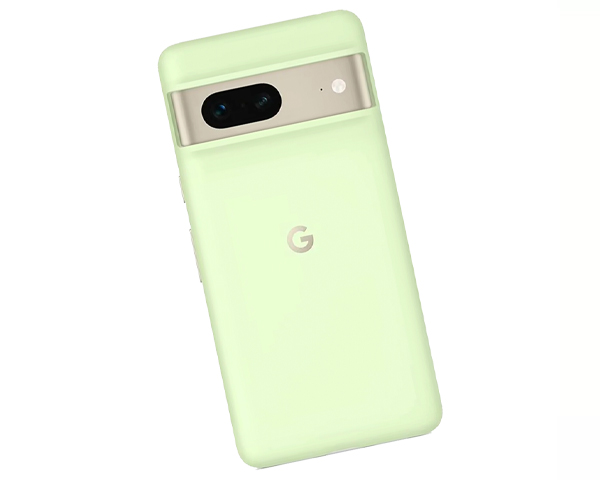
Not to say that Apple hasn’t created a stellar camera system with impressive software photography to cope with the majority of circumstances. Plus, the iPhone continues to reign supreme when it comes to video. But for photography, Google’s software has always been a little bit more expressive with differences in lighting, which along with the additional detail of that 50MP sensor provides crispier detail.
We’ll need to put these properly through their paces in a comparison, to establish which is truly better, but cameras have always been the Pixel’s strong point and with the additional software making editing easier, such as the magic eraser, it will be hard to beat.
Google Pixel 7 vs. iPhone 14: Battery life
Battery life was one of the thorns in the paw of the Pixel 6, which didn’t hold a candle to the stamina of the iPhone 13. While nothing has been overtly confirmed by either company, leaks and teardowns suggest that the iPhone 14’s capacity has gone up from 3,240mAh to 3,279mAh, and the Pixel 7 has actually gone down to 4,355 mAh from 4,614 mAh.
I don’t want to make any assumptions about longevity until we put the Pixel 7 through its paces, but these changes in capacity don’t make me very optimistic.
Outlook
This year, more than ever, the latest iPhone is a tough sell when you compare the specs, which has been further compounded by the Google Pixel 7 starting to catch up.
With a next-generation CPU, the Pixel 7 is definitely an iterative upgrade, but it's a more significant one than the iPhone 14 for sure.
Yes, whichever phone you get, you will most probably be happy with the purchase, but for pure value for money, Google may take this round.

Jason brought a decade of tech and gaming journalism experience to his role as a writer at Laptop Mag, and he is now the Managing Editor of Computing at Tom's Guide. He takes a particular interest in writing articles and creating videos about laptops, headphones and games. He has previously written for Kotaku, Stuff and BBC Science Focus. In his spare time, you'll find Jason looking for good dogs to pet or thinking about eating pizza if he isn't already.
